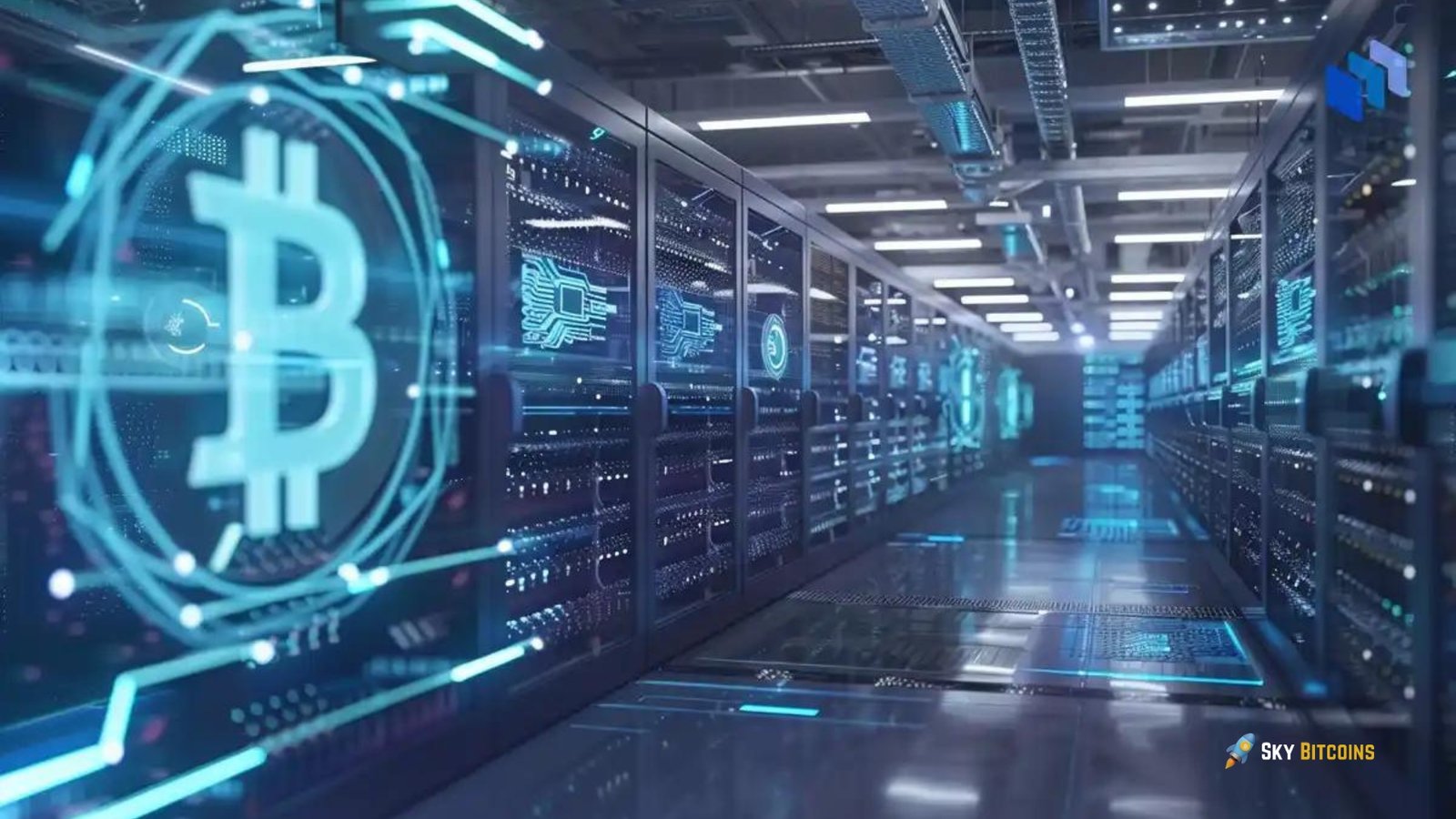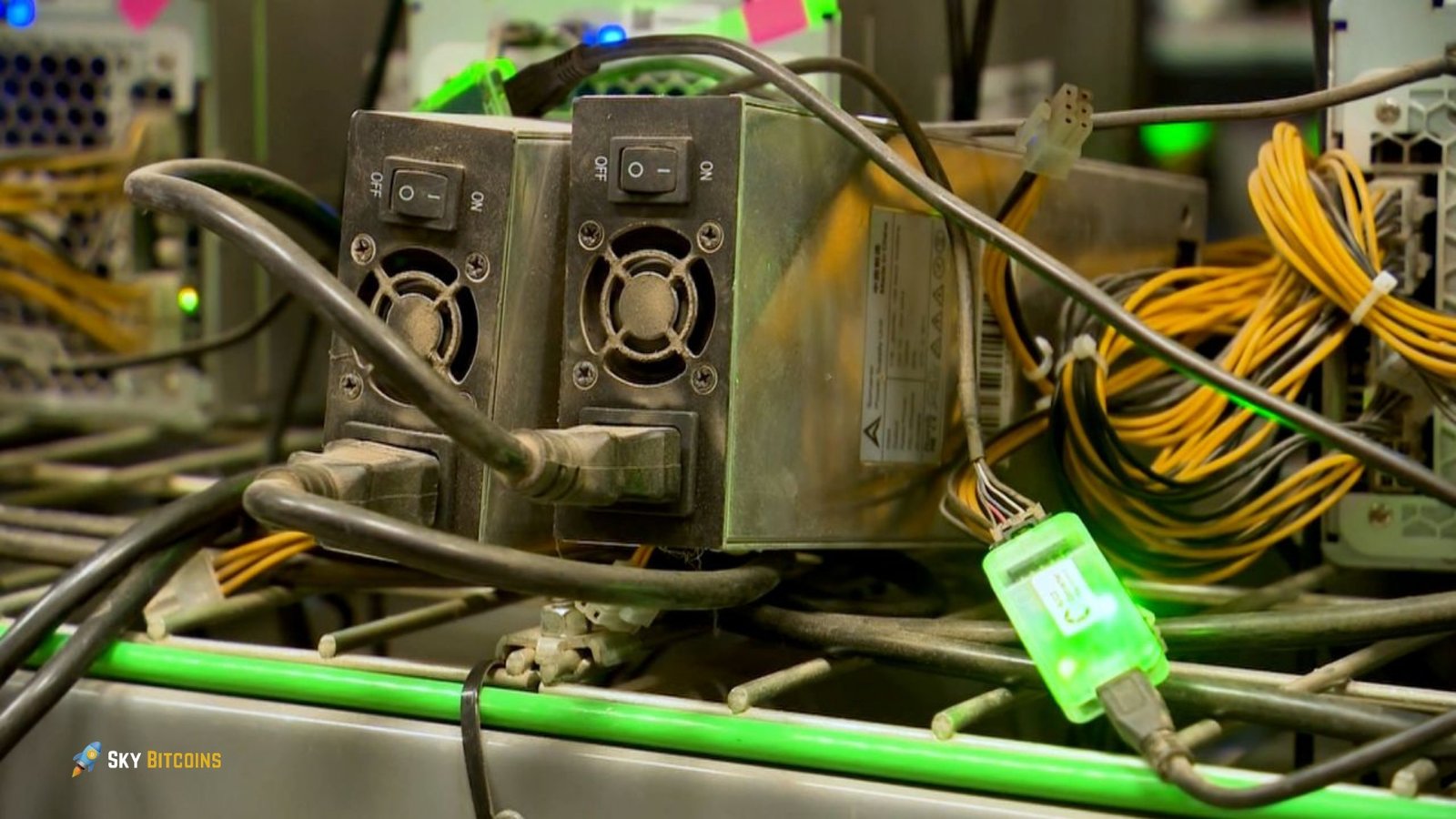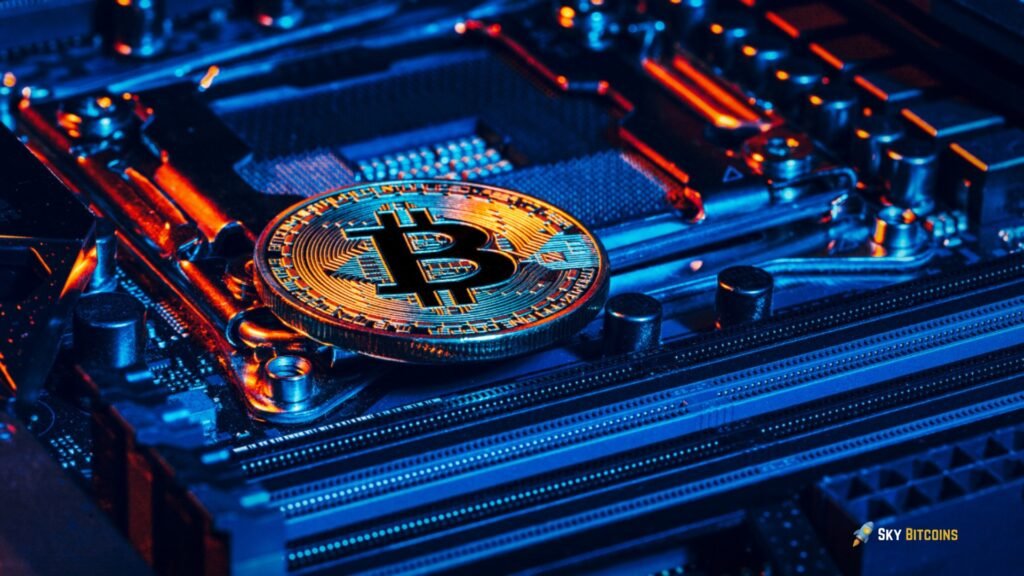Bitcoin mining technology is vital in the cryptocurrency industry to process transactions and ensure the network’s security. As the price of electricity continues to rise and the difficulty of mining Bitcoin continues to climb, miners are always looking for more powerful and efficient technology to optimize their profits. Over the years, Bitcoin mining gear has undergone a dramatic transformation, moving from general-purpose central processing units to specialized ASICs.
This article delves into the current landscape of Bitcoin mining hardware in 2024, covering topics such as industry trends, top devices, and what novice and experienced miners should think about when purchasing mining gear.
A Brief History of Bitcoin Mining Hardware
Bitcoin mining was a side hustle in its early years (2009–2010). The initial Bitcoin miners authenticated blocks of transactions by solving cryptographic puzzles using their computers’ central processing units (CPUs). Since graphics processing units (GPUs) are more potent than CPUs, miners began to use them as the difficulty of mining Bitcoin rose in tandem with its value.
The mining space was dominated by Field-Programmable Gate Arrays (FPGAs) and then by ASICs in 2013. With superior power efficiency and hash rates, ASICs shook up the industry by supplying Bitcoin miners with dedicated hardware. In 2024, the most efficient and powerful machines can mine profitably due to advancements in ASIC technology. Big mining farms and companies control the Bitcoin mining sector, which has grown capital-intensive.
Bitcoin Mining Hardware Trends
Technological developments, environmental concerns, and a move toward professionalized operations define the Bitcoin mining scenario in 2024. Key trends influencing the industry include the following:
Energy Efficiency
Bitcoin mining is infamously energy-intensive, so energy usage has been a major concern. In 2024, there have been major advancements in the design of more energy-efficient mining machinery. The latest ASICs are energy efficient, yet they produce significant hash rates. Profitability concerns and increasing environmental challenges are driving this trend. Many nations are imposing taxes or restrictions to reduce energy usage and carbon emissions from cryptocurrency mining, making energy-efficient mining gear an absolute need.
Immersion Cooling
Immersion cooling technology has become widely used by Bitcoin miners as they aim to maximize system efficiency. By submerging their ASICs in specific non-conductive liquids, miners may keep their ASICs running at lower temperatures, which boosts efficiency and lowers wear. Additionally, this ensures that miners’ gear will not overheat when operating at higher clock speeds for extended durations. Because even little gains in efficiency can add up to big savings, immersion cooling arrangements are very popular with large-scale mining operations.
Integration of Renewable Energy
Concerns about Bitcoin’s effect on the environment have prompted widespread criticism of the cryptocurrency. Mining businesses have begun to use solar, wind, and hydroelectric power, which are some renewable energy options.

Hardware capabilities that enable miners to transition to battery power during periods of high electricity demand or operate completely off-grid are becoming increasingly common as mining hardware manufacturers attempt to integrate renewable energy sources more seamlessly. Locations like Iceland, Texas, and portions of Canada with abundant, affordable renewable energy tend to have mining operations powered by renewables.
Hashrate Consolidation
As the difficulty of mining Bitcoin increases, the hash rate continues to climb. Because of this, mining power has been concentrated, with a handful of massive operations controlling a disproportionate amount of the network’s hash power. Consequently, newer hardware versions target businesses rather than making products for casual miners. These machines are designed for industrial use and have superior uptime guarantees, support services, and warranties.
Modular Mining Rigs
Modular mining rigs are becoming increasingly popular. These rigs make it easy for miners to update parts like power supplies and dashboards when better, newer ones become available. Thanks to modular designs, miners can keep up with technology improvements without replacing entire rigs, which provides a future-proofing component to mining expenditures.
Top Bitcoin Mining Hardware in 2024
As of 2024, a handful of state-of-the-art ASIC miners have established the bar for efficiency and performance. The following are a few of the leading Bitcoin mining hardware competitors.

Bitmain Antminer S21 Pro
With the release of the Antminer S21 Pro, Bitmain has solidified its position as a leading Bitcoin mining gear manufacturer. The S21 Pro is among the most efficient miners available, boasting a power efficiency of 19.5 J/TH and a hash rate of 250 TH/s. In addition, it has sophisticated firmware features that let miners tailor their power usage and performance to match their chosen mining pool or environment.
MicroBT Whatsminer M60S
A powerful competitor to Bitmain’s products, the Whatsminer M60S from MicroBT boasts 230 TH/s of hash rate and 20.1 J/TH of power efficiency. Due to its reputation for reliability and ability to run in harsher circumstances, the M60S is a popular choice for mining farms in difficult climates.
Canaan AvalonMiner 1466
Canaan is also well-known in the ASIC industry; their 2024 flagship product, the AvalonMiner 1466, is a top-tier offering. The AvalonMiner offers a 220 TH/s hash rate and an efficiency of 21 J/TH. It is built with features that make maintenance easier, like modular components and the ability to be managed remotely.
apollo G2-Plus
Among the limited number of ASIC miners developed specifically for small and medium-sized mining companies, the Pollo G2-Plus stands out. This model is more accessible and affordable than the industrial-grade versions, although it still offers good performance for its size and price range, with a power efficiency of 21.5 J/TH and a hash rate of 120 TH/s.
What to Consider Before Buying Bitcoin Mining Hardware
Before purchasing Bitcoin mining hardware, there are several factors to take into account:
- Hash Rate: An increased hash rate indicates that the system can better solve blocks and earn rewards. Energy usage tends to rise in tandem with hash rates.
- Energy Efficiency: Power efficiency—measured in joules per terahash (J/TH)—is paramount for operational cost reduction. Your return on investment (ROI) will improve with time if your miners are more efficient.

- Initial Cost: Smaller ASIC miners can cost a few thousand dollars, while enterprise-level equipment can cost tens of thousands. Find a happy medium between capital outlay, anticipated returns, and operational expenses.
- Availability of Support and Warranty: Due to the high operational demands of Bitcoin mining, it is critical to select a company that provides strong support, lengthy warranties, and simple availability of replacement components.
- Noise and Heat: When operating at peak performance, mining hardware can generate heat and noise. By thinking about your configuration and cooling requirements, you can avoid hardware failure due to overheating.
Conclusion
Bitcoin mining hardware will continue to change, focusing on efficiency and sustainability. Miners should anticipate even more opportunities to enhance their operations with advances such as immersion cooling, integration of renewable energy, and modular designs. Whether you’re a solo miner or part of a massive mining operation, keeping up with the dynamic Bitcoin mining industry requires careful hardware selection.


